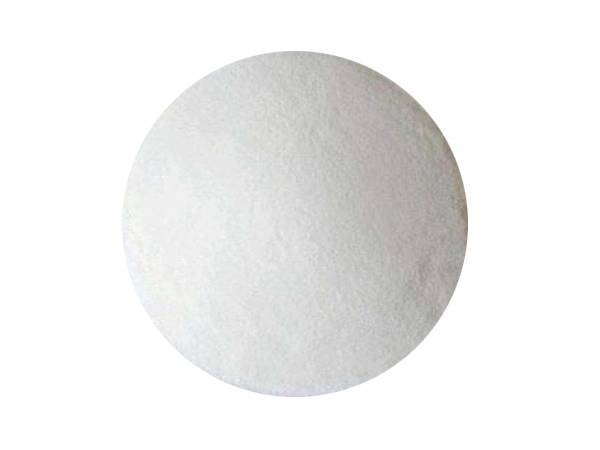



Exploring the Applications and Properties of Polyacrylamide in Various Industries
Polyacrylamide An Overview of Properties and Applications
Polyacrylamide (PAM) is a versatile and widely used synthetic polymer that has garnered significant attention across various fields, from environmental science to agriculture. This polymer is formed by the polymerization of acrylamide monomers, resulting in a long-chain molecule that exhibits unique physical and chemical properties. As such, polyacrylamide plays a crucial role in numerous applications ranging from flocculation to soil stabilization.
Polyacrylamide An Overview of Properties and Applications
In addition to its agricultural benefits, polyacrylamide is extensively used in water treatment processes. Its role as a flocculant is particularly noteworthy. PAM helps in aggregating suspended particles in water, causing them to clump together and settle at the bottom. This process effectively clarifies water, making it suitable for various uses, including drinking, industrial processes, and environmental restoration. The effectiveness of polyacrylamide in improving water quality makes it an indispensable tool in municipal waste treatment and industrial effluent management.
poly acrylic amide

Moreover, polyacrylamide is also employed in oil recovery processes, particularly in enhanced oil recovery (EOR). In the oil extraction industry, PAM helps to increase the viscosity of the injected water, which improves the displacement of oil from reservoir rocks. This application not only boosts oil extraction rates but also contributes to reducing the environmental impact of traditional oil recovery techniques.
Despite its many advantages, the use of polyacrylamide is not without concerns. One major issue is the potential toxicity of acrylamide, a monomer used in its production. Acrylamide is known to be neurotoxic and potentially carcinogenic in humans and animals when ingested in large amounts. Consequently, the formulation and application of polyacrylamide must adhere to strict safety regulations to mitigate any risks associated with its use.
To address these concerns, researchers have explored alternative methods and formulations of polyacrylamide that reduce the residual acrylamide content. Additionally, advancements in polymer technology have led to the development of biodegradable derivatives of PAM, making it an even more environmentally friendly option.
In conclusion, polyacrylamide is a remarkable polymer with a wide array of applications across different sectors. Its ability to enhance water retention in agriculture, improve water quality in treatment processes, and facilitate oil recovery underscores its importance in modern industrial practices. While challenges regarding safety and environmental impact persist, ongoing research and innovation promise to further enhance the utility and sustainability of polyacrylamide. As global challenges such as water scarcity and agricultural productivity continue to rise, the significance of this polymer is poised to grow, highlighting the need for continued exploration and responsible application of polyacrylamide in various fields.
-
Why Sodium Persulfate Is Everywhere NowNewsJul.07,2025
-
Why Polyacrylamide Is in High DemandNewsJul.07,2025
-
Understanding Paint Chemicals and Their ApplicationsNewsJul.07,2025
-
Smart Use Of Mining ChemicalsNewsJul.07,2025
-
Practical Uses of Potassium MonopersulfateNewsJul.07,2025
-
Agrochemicals In Real FarmingNewsJul.07,2025
-
Sodium Chlorite Hot UsesNewsJul.01,2025










